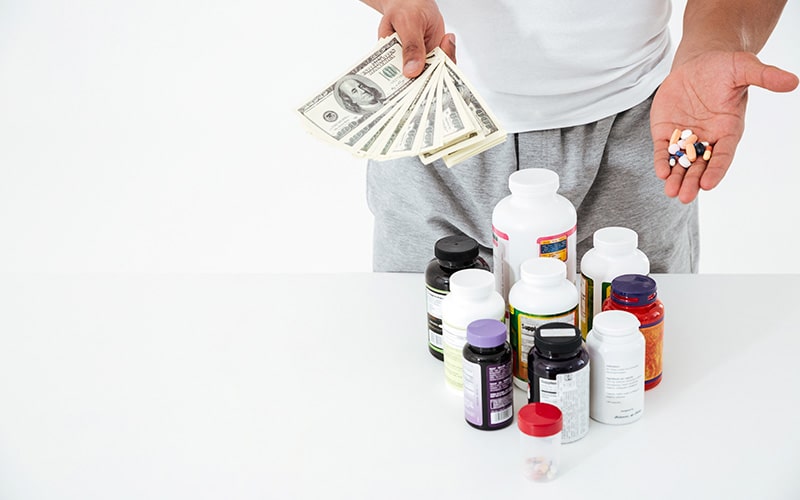Confronting opioid addiction is challenging enough without the added stress of understanding treatment costs. This guide aims to demystify the financial aspect of opioid addiction treatment, enabling you and your loved ones to make well-informed decisions regarding care and expenses.
Explore Medicated Assisted Treatment Options in Brooklyn Now!

Breaking Down Opioid Treatment Options
The treatment for opioid addiction often combines various methods:
- Medication-assisted treatment (MAT) with drugs like methadone, buprenorphine, or naltrexone to alleviate cravings and withdrawal symptoms.
- Therapeutic interventions, including individual or group counseling, to address psychological aspects of addiction.
- Recovery support services like support groups and rehabilitation programs to aid long-term recovery and relapse prevention. Understanding these components is crucial in grasping their contribution to the total cost.
Determining Treatment Costs: Key Contributing Factors
The cost of opioid treatment can vary based on several elements:
- Program type: Residential (inpatient) programs typically cost more than outpatient services due to continuous care and accommodation.
- Treatment duration: Longer treatment durations increase costs.
- Geographic location: Costs can vary based on regional factors and local pricing.
- Facility type: Private treatment facilities may incur higher costs than public or nonprofit centers. Evaluating your specific needs against your budget is essential in choosing a suitable option.
Medication-Assisted Treatment Costs: A Closer Look
MAT is often central to opioid treatment plans. Costs here may include:
- Medication expenses: Prices for methadone, buprenorphine, or naltrexone can vary, with dosage impacting total costs.
- Medical consultations: Regular check-ups for medication management are an added cost factor.
- Inquire about any additional dispensing fees and your insurance coverage for these medications.
Inpatient vs. Outpatient Treatment: A Financial Comparison
Inpatient treatments, offering comprehensive care, are costlier due to facilities and full-time care. Outpatient programs are generally more budget-friendly but require a robust personal support system.
Insurance and Opioid Treatment Costs: What’s Covered?
Insurance plays a significant role in managing costs. Review your policy for:
- Coverage limits for inpatient and outpatient care.
- Coverage for specific MAT medications.
- Counseling and therapy session coverage. Understanding your insurance benefits can help prepare for potential out-of-pocket expenses.
Extra Expenses: Therapy, Support Groups, Follow-Up Care
Beyond primary treatment, additional costs for individual therapy, support groups, and ongoing care can accumulate. Consider more cost-effective group therapy or free community support groups as alternatives.
Seeking Affordable Treatment: Exploring Financial Aid Options
Affordable treatment is accessible. Look into:
- Government assistance programs like Medicaid for eligible individuals.
- Nonprofit organizations offering financial aid or adjusted fees.
- Community-based health clinics providing more economical treatment alternatives. Researching these options can make treatment more accessible for different budgets.
Conclusion
While the cost of treating opioid addiction can seem daunting, it’s a crucial investment in health and recovery. By thoroughly exploring treatment options, understanding insurance specifics, and seeking financial aid, quality treatment becomes more attainable. Don’t hesitate to contact healthcare professionals, support groups, or treatment centers for advice and assistance. Remember, the most significant investment is the first step towards recovery and a healthier future.
